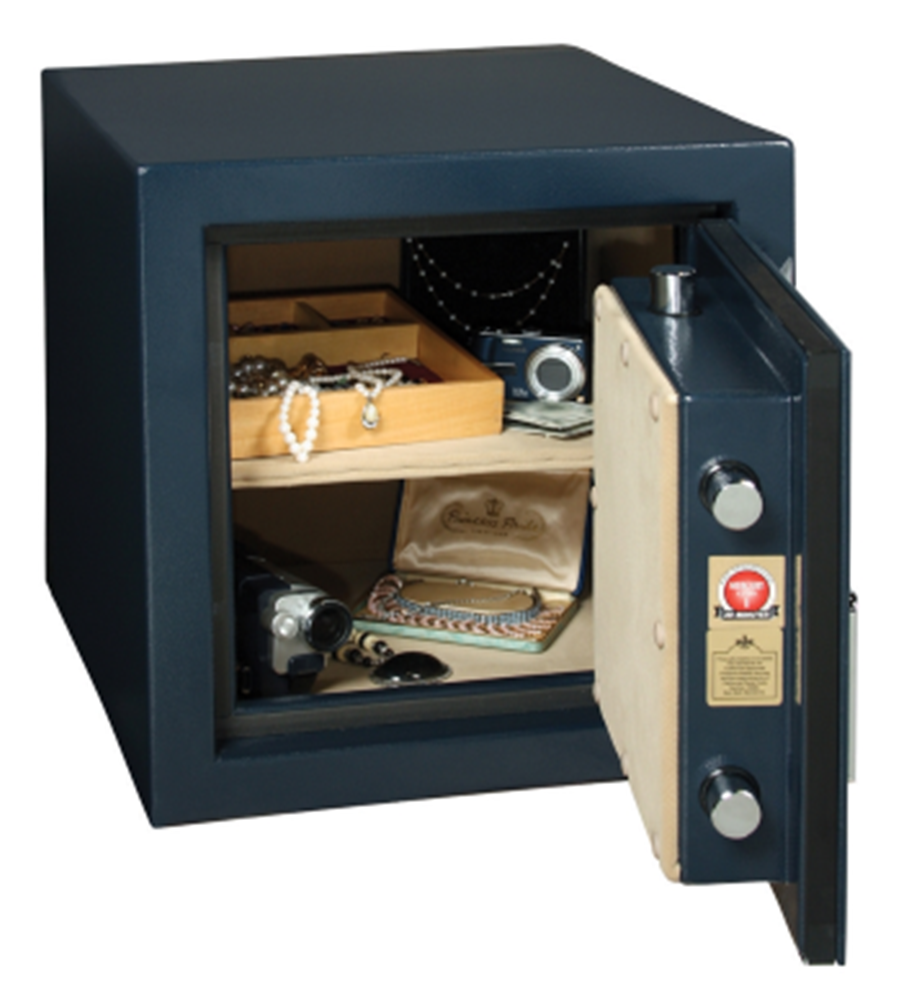SECURITY & FIRE SAFES & UL LISTINGS

This is part of the recent article I posted about alarms, security and safes for the Missouri Jeweler’s Association:
UL RATED SAFES:
NOTE: Fire rate safes are NOT security safes they are easily compromised by thieves.There are YouTube videos showing cheap safes are easily compromised in under 2-minutes. GET A PROPER UL RATED SAFE!
Security rated safes – note the following definitions of how safes are rated by UL:
NOTE: Don’t install safe on wall next to another tenant or on outside wall. If you do, install shock sensors on the wall with plywood behind the vulnerable safe.
A TL-15 or TL-30 safe means that the door is attack tool resistant for up to 15 minutes (or 30 minutes) with common hand tools.
See the following link on how easy it is to defeat a non-UL safe:
How Easy it is Breaking Into Safe – YouTube
TL 30X6 common hand Tool Resistive up to 30 Minutes on all sides. The
TRTL30x6 (Torch and Common Hand tools, grinding and drilling resistive up to 30 Minutes on all 6 sides of the safe)
TL rated safes are combination lock safes that offer protection against attack using common hand tools.
Safes with a TL rating will resist aattack with common hand tools for a varying amount of time, depending on which classification tier they fall under, from picking tools to hand tools (but on the door ONLY).
TR-rated safes can also withstand welding and cutting torch attack. They are much more secure.
B-Rating
A B-rated safe’s walls are less than 1/2″ thick, and its doors are less than 1″ inch thick. B-rated safes earns the rating with the presence of a locking device. Typically, lock work and re-locks are examined when choosing a B-rated safe.
C-Rating safes have steel walls that are at least 1/2” thick and doors that are at least 1” thick, as well as a lock.
Fire Rating:
Fire ratings are evaluated by testing to see if safes withstand varying furnace heat for specific amounts of time. For example, the UL Class 350 1-hour fire rating means that the internal temperature of the safe
will not exceed 350°F for at least 1 hour when exposed to external temperatures over 1700°F. A safe may have a 1-, 2-, or 3-hour time classification. Additionally, safes will be heated and then dropped from
heights reaching 30 feet to test against explosions

